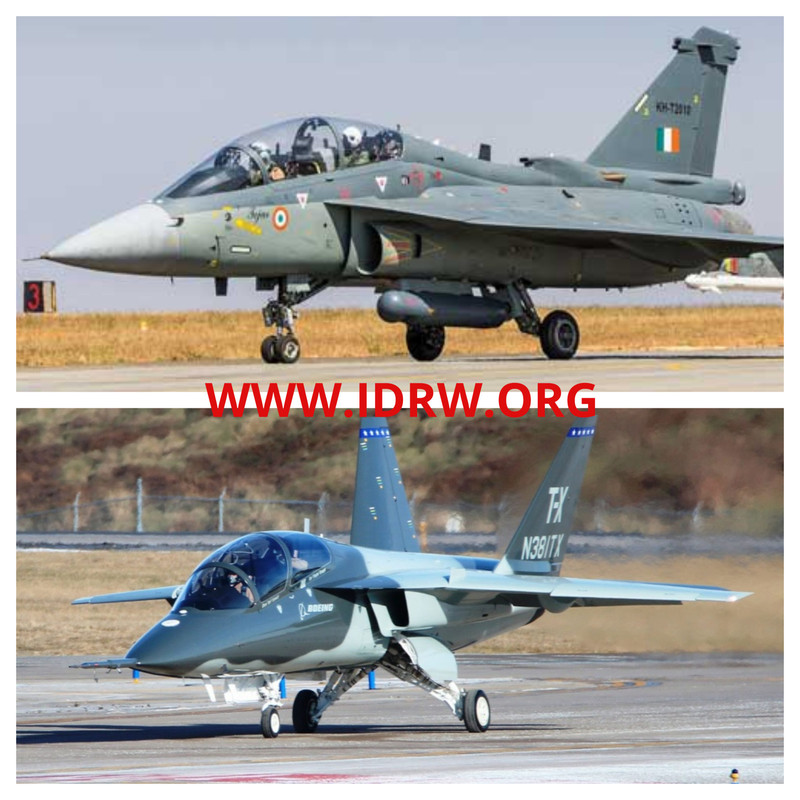SOURCE: IDRW NEWS NETWORK

In 2016, the US Air Force released the T-X program requirements to procure a new jet trainer to replace its T-38 Talon which it has been flying for the last 60 years and far away from the US, India’s own state-owned Hindustan Aeronautics Limited (HAL) was working on next-generation Supersonic Omni Role Trainer Aircraft (SpORT), a lead-in-fighter trainer (LIFT) built on the Light Combat Aircraft Tejas Trainer platform to be part of the T-X program but there was a problem.
US Air Force wanted 351 aircraft plus simulators and ground training aids for all under $10 billion and after careful examination of the RFP issued by the USAF along with Technical requirements issued for the jet, it was found that SpORT could have not meet the low-cost price point which USAF wanted and it could have been technologically more advanced than what competition was offering which was a new basic design with maximum commonality with aircraft already in the joint fleet.
The deal was concluded in 2020 and the Boeing-Saab team developed T-7 Red Hawk Trainer won the T-X program. HAL decided to pull back not only because SpORT could have cost more and was technically superior they were other factors that played a part in HAL walking away and not responding to the RFP issued by the USAF.
Information provided to idrw.org was that USAF was not only looking out for a low-cost Trainer jet but also which are easy to fix and service and costs less to operate. The basic design of T-7 Red Hawk Trainer and how it was to be manufactured and how affordability was sustained meant that SpORT could never be profitable for the HAL if it was sold to USAF at the very same price point.
Boeing and SAAB have focused on planned developmental schedule and it took them just three years to move from Drawing boards to production-representative prototypes and with the contract was sealed in 2020, the first aircraft to come of the production line will be in 2023, speed which HAL could have never been able to offer in the first place.
Boeing and SAAB have stressed on the affordability of the Trainer jet for that they had to reduce the touch labor in assembly and most of the assembly needs to be automated for faster production line and faster delivery schedule and T-7 Red Hawk Trainer has 80% commonality with aircraft which are already in the joint fleet which means lesser money spend to train service technicians and global supply chain is already well versed in the existing system.
The low cost and functional flexibility of the T-7 system have now ensured that HAL’s proposed SpORT LIFT Trainer aircraft already has competition in a crowded market of Military-grade Trainer aircraft and what USAF buys is what it close allies buy for their requirements. HAL needs to plan and offer SpORT at such a price point that is backed with desired technology and a new service regiment that it can still make a place in the export market when it is developed.
NOTE : Article cannot be reproduced without written permission of idrw.org in any form even for YouTube Videos to avoid Copyright strikes
from Indian Defence Research Wing https://ift.tt/2CIx1xH
via IFTTThttp://idrw.org
No comments:
Post a Comment